What is a Stallion?
Stallions and geldings are two distinct types of male horses, each with their own characteristics and nutritional requirements. In this article, we will focus on the specific nutritional needs of stallions, particularly during breeding season, and discuss how addressing these needs can help prevent breeding-related complications.
Stallions are male horses that have not been gelded, meaning their reproductive organs are intact. On the other hand, geldings are male horses that have been castrated, resulting in the removal of their testicles. This fundamental difference between stallions and geldings not only affects their behavior and temperament but also influences their dietary needs.

During breeding season, stallions have heightened hormonal activity, which can impact their behavior and overall well-being. To support their reproductive functions and maintain optimal health, stallions require a specialized diet that addresses their unique nutritional requirements.
To ensure the well-being of your stallion during breeding season, it is crucial to understand their specific needs. This includes providing adequate amounts of protein, vitamins, and minerals to support their reproductive system and overall vitality.
Neglecting the nutritional needs of stallions during breeding season can lead to various complications, such as decreased fertility, hormonal imbalances, and behavioral issues. By understanding and addressing these unique nutritional requirements, you can help prevent these problems and support your stallion's reproductive health.
Whether your stallion is a high-performance athlete or a breeding stallion, understanding their unique nutritional needs is crucial to their health and well-being. Their dietary requirements vary depending on their age, workload and health status.
Some factors that should be taken into consideration for your stallion’s specific nutritional needs are:
-
Current breeding status: Breeding stallions have a higher nutritional need compared to non-breeding stallions.
-
Type of breeding: Stallions used for live cover are presumed to have higher energy needs than those used for artificial insemination.
-
Natural activity level: Stallions that are more active in the everyday life or those with a high-strung temperament have higher nutritional needs.
-
Exercise program: Stallions engaged in training programs will expend more calories than those solely used for breeding.
-
Body condition: Underweight stallions may have reduced fertility and need to gain weight to meet reproductive goals.
For the breeding stallion the year can be divided into 2 phases, breeding season and the off-season with the breeding season lasting about 5 months usually starting about mid-February in the Northern Hemisphere.

During breeding season nervous stallions may also burn valuable calories fence walking, stall circling, pacing, and weaving. Increases in anxiety can also result in a decreased appetite.
As mentioned above it is important to note that breeding may not be the only work certain stallions perform. Some continue to be ridden and trained while performing stud duties. In these situations, energy requirements will be higher still.
All of these factors can make it difficult for the stallion to maintain optimal body condition resulting in many becoming too lean at the height of breeding season. An extremely thin stallion may not have the energy store necessary to carry on through an arduous breeding season without his performance suffering.
In some situations, the stallion is over-fed leading to obesity which predisposes them to laminitis, soundness problems, and possibly a fatal aortic rupture.
Depending on the time of year, good quality pasture may provide some or all of the stallion’s forage needs. However, during the breeding season, the addition of energy-dense feeds, usually grains may be required to satisfy calorie requirements for the increased workload of breeding.
Protein SourcesBreeding stallions need adequate protein and amino acids in their diet in order to support the production of high-quality semen. A protein deficiency can lead to reduced fertility.
Pasture grass is a cost-effective way to meet your stallion’s energy and protein needs. Alternatively, alfalfa hay, cubes, or pellets can be used to meet protein requirements.
Other high-protein feeds for stallions include soybean meal, flaxseed meal, and canola meal.
AntioxidantsThese are important compounds that neutralize free radical damage to cells maintaining overall health. The antioxidants Vitamin E and Selenium are particularly important for supporting semen quality in horses. Vitamin C may also help to reduce the number of abnormal sperm in stallions.
Omega-3 Fatty AcidsResearch has shown that Omega-3 Fatty Acids can enhance semen quality, both in flexibility and elasticity, making for better quality in both fresh and frozen sperm applications. Combining Vitamin E with Omega-3's is important.
Some strategies to reduce stress and improve the welfare of stallions include:- Allowing young stallions to keep in contact with preferred group of friends beyond 2 years of age, even if just for a few hours.
- Providing plenty of time on pasture or on a dry lot to allow for more voluntary activity.
- Splitting daily feed ration into multiple small meals to keep them occupies while minimizing food waste.
- Avoid high starch grains to reduce the risk of digestive upset, which can contribute to aggressive behavior.
- Breeding and non-breeding stallions have higher requirements for energy and protein compared to geldings.
- Increased energy requirements can generally be met by feeding high quality forage or supplementing with alfafa hay.
- Fiber-rich feeds such as beet pulp can also be added to provide more energy. Oils rich in Omega-3 fatty acids also provide calories while supporting sperm quality.
- To support fertility and overall well-being, ensure your stallion is meeting all of his vitamin and mineral requirements, particularly for the antioxidants selenium and vitamin E.
If you want to give your high-performance, or breeding stallion the best chance of staying at their peak health a balanced diet with increased calories. Studies have shown that a breeding stallion requires 20% more energy but only consumes around 10% more feed. Ensuring the concentration of the feed has adequate calory density and nutritional value to meet the increased energy needs is important. Adding a supplement with Vitamin E and Selenium is important for these stallions as their requirements for Vitamin E increase be 50%. Horse Guard's Vitamin E & Organic Selenium is a great supplement for breeding stallions, with 5,000 IU of Vitamin E and 3 mg of organic selenium. Flaxen Eas-E Guard has 1,000 IU of natural Vitamin E per dose and is carried in a Flax Seed cake. Great for competing stallions and breeding stallions alike.

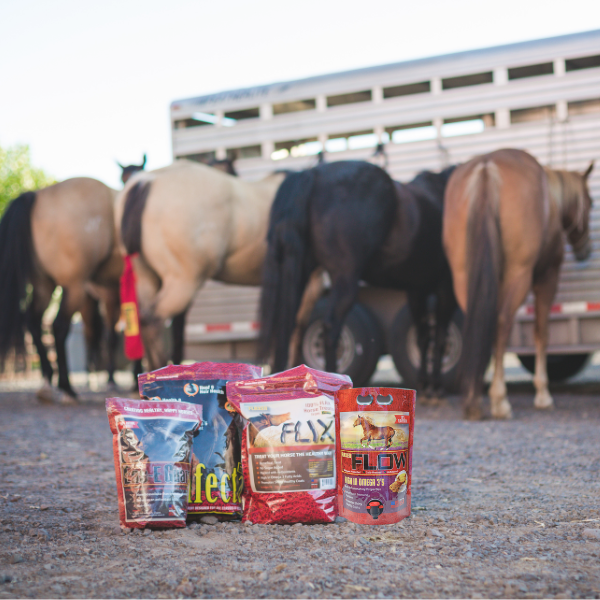
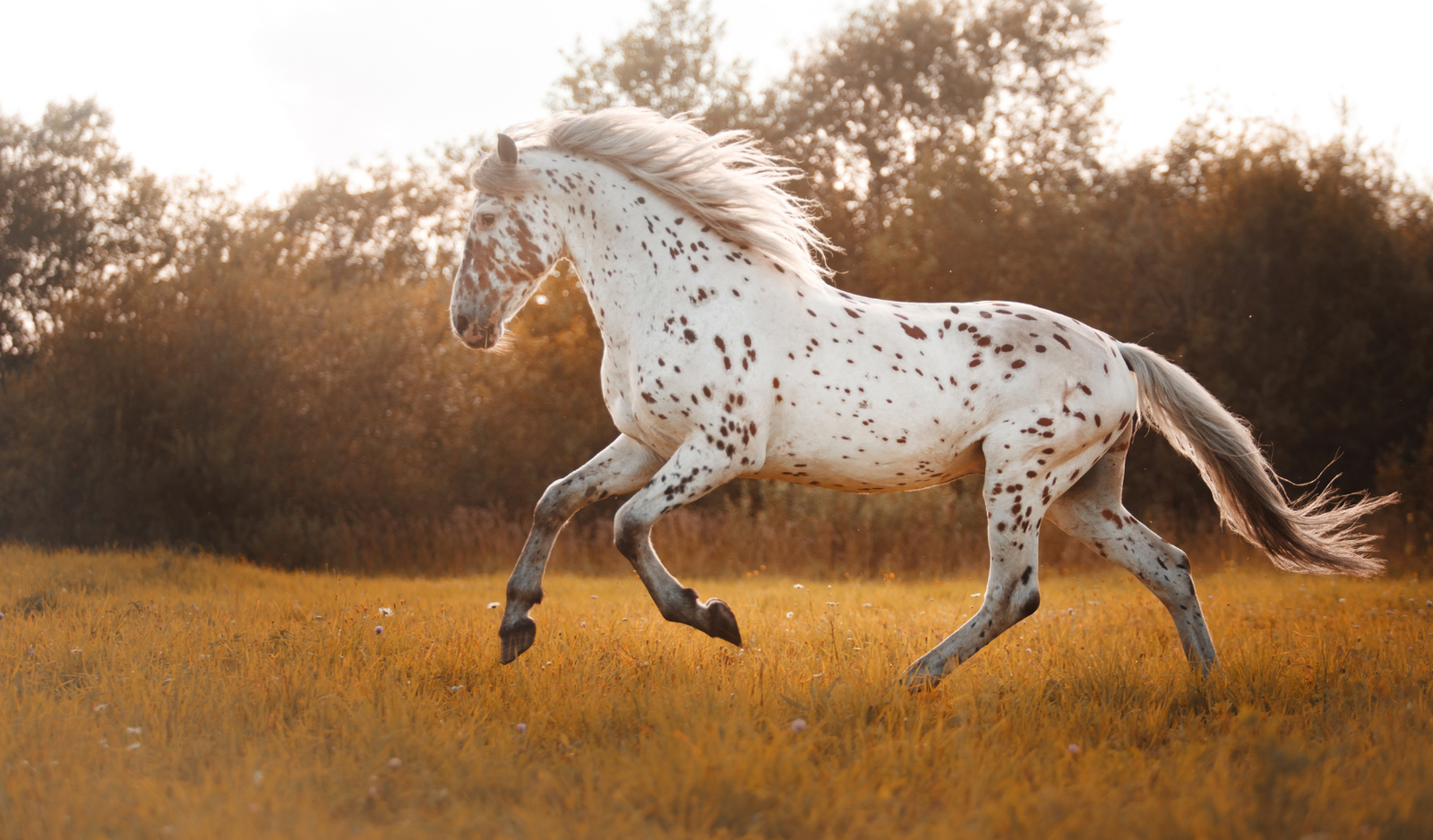
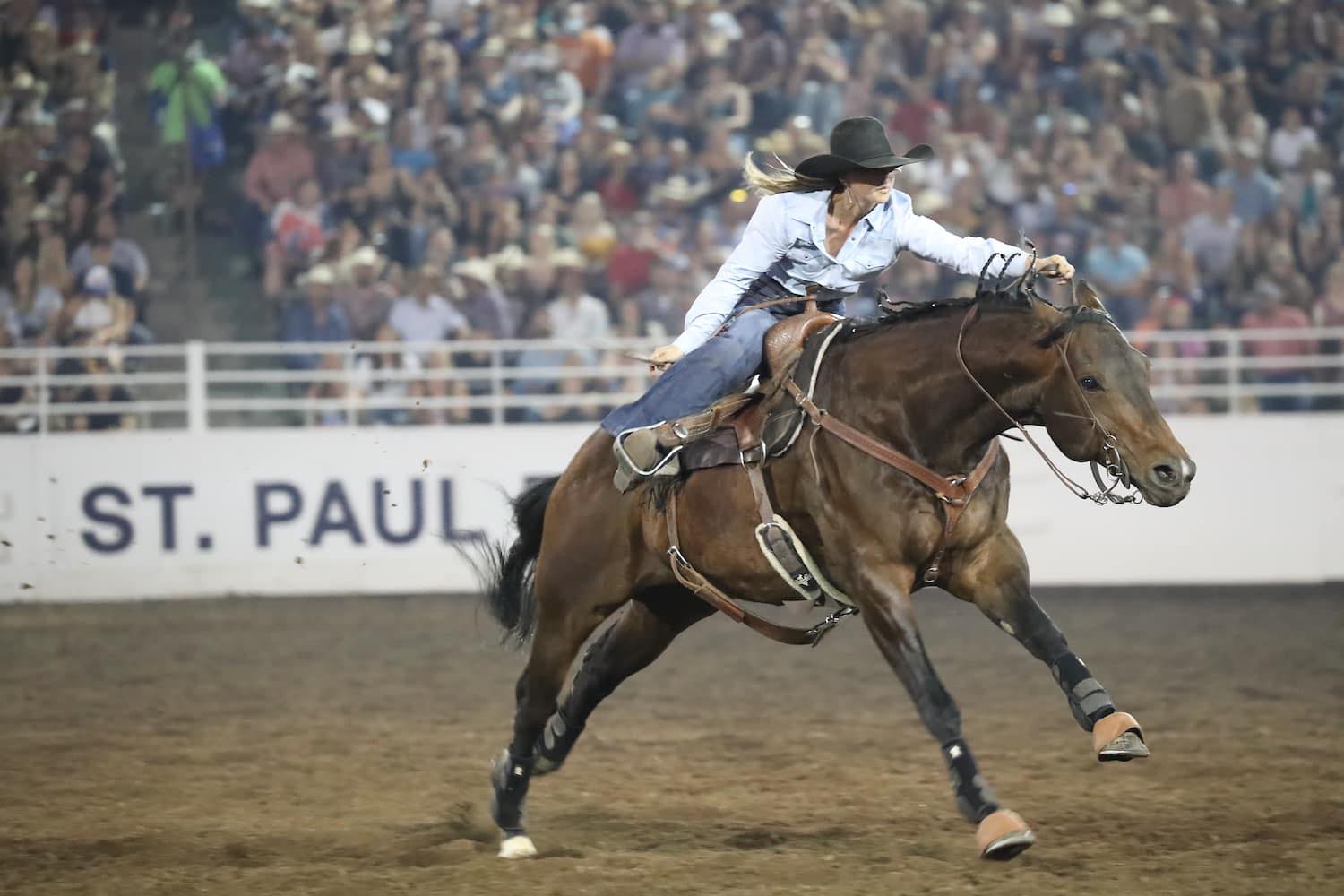
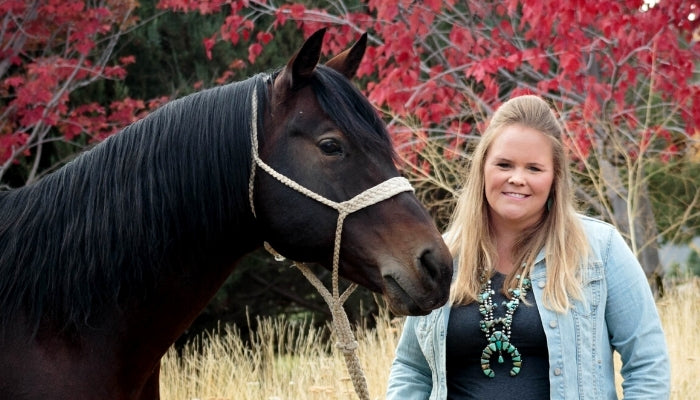
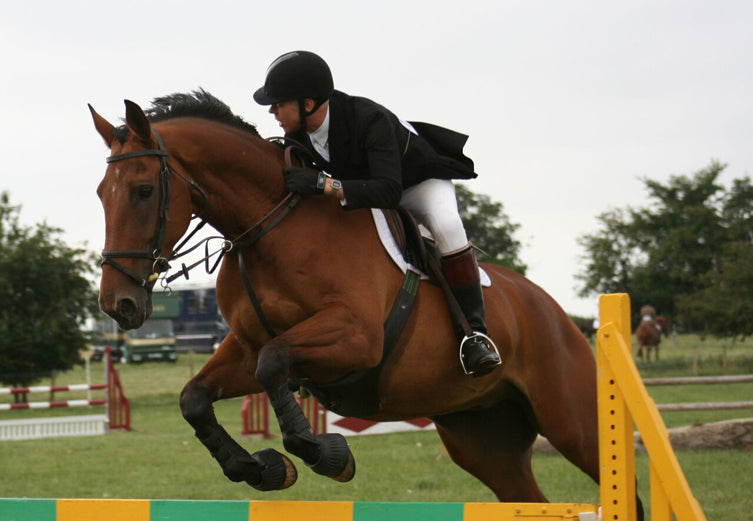
Leave a comment (all fields required)